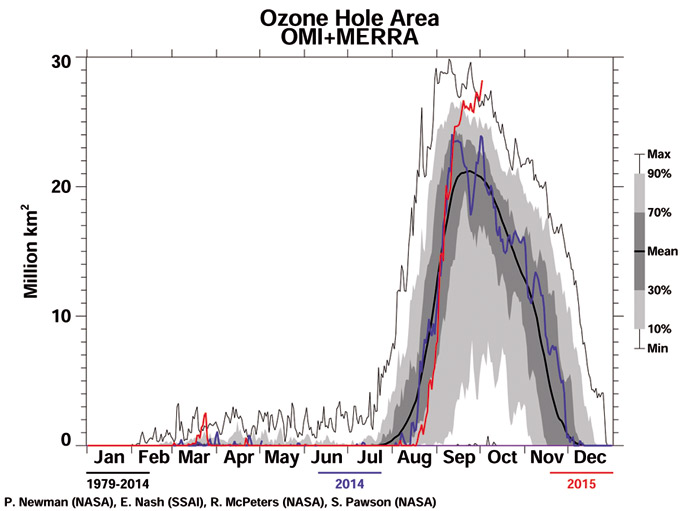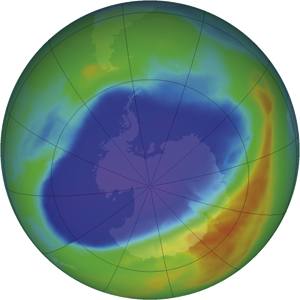Evolution of the ozone layer: on the right track but slowly

Measurements of Antarctica until mid-September reveal the ozone shortage in Antarctica at this time. Data appears to follow the same line as last year, i.e. they are neither very good nor very malos.La the main difference in recent years is
that the ozone shortage is occurring more and more later. Although scarcity usually begins to occur in the first half of August, last year and this year the start of the lack of ozono.El most critical period has been delayed to the second half of September and early October, although data relevant to human health
are not expected. It can be said that the shortage of ozone is maintained and that the long-term trend can be positive. In any event, the final data will be provided in the second half of October.
In 2018, the North Pole has not recorded any fusion records and Trump will have the excuse to go ahead with coal-burning power plants or vehicles operating on the basis of fossil fuels; or Bolsonaro buy land for intensive agriculture in the Amazon; or Macron to delay as far as... [+]
HFCen ordez beste substantzia kutsatzaile batzuk zabalduko ote diren kezka agertu du Greenpeacek, eta alternatiba naturalak sustatzeko eskatu du.
What we announced three weeks ago has not been achieved. Although the decline in ozone levels seemed to be normal, researchers have measured data that have not been seen for a long time. The chart below shows the data up to October 2:
As can be seen, until mid-September we can... [+]
Iraileko lehen astean, hainbat telebista katetako albistegietan, aurten ozono geruzak ia kalterik jasan ez duela esateaz gain, ozonoaren krisia amaitzear zegoela adierazi zuten.
In the last 30 years, it is at this time that ozone depletion occurs in Antarctica. The situation detected in the 1980s triggered all the alarms internationally and, interestingly, immediate action was taken.
From then until the end of August and until mid-October, special... [+]
In September we made two mentions of the ozone hole in the Light. In one we gave the address of the website that explains the evolution of the ozone level, and in the other we explained... [+]
[+]
http://ttiki.com/5881 (Frantsesez)


















